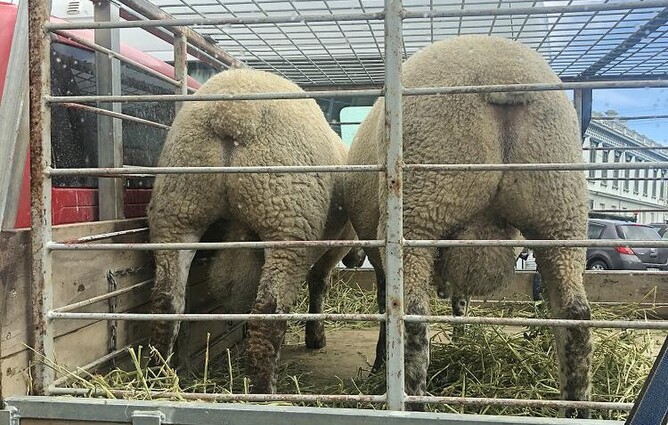A look at the importance of this condition in the NZ sheep industry, what to look out for and some options on how to treat it.
Chorioptes mange, more commonly known as Scrotal Mange, is an important condition seen in NZ rams.
The causative mite, Chorioptes bovis, lives and feeds on the skin of sheep, goats, cattle and horses. In sheep, ewes and lambs can both carry the mite, however it is most significant in rams.
How does it present in sheep?
Affected sheep usually have
Thickened skin,
Hair loss,
Exudate (fluid that oozes out from blood vessels, especially as a result of a lesion or inflammation), and
Scabby formations on their feet, legs and poll.
However, when the mite is present on the ram, these lesions are mostly found on the lower third of the scrotum.
Prolonged infestation of the scrotum has been shown to lead to testicular abnormalities and poor development, hence the significance of this disease in our breeding rams.
Thickened and lesion-covered scrotums cause an interference with the thermoregulatory mechanism within the organ, and therefore result in cellular degeneration, including the semen.
In addition to the effect on semen quality, there may also be a negative effect on the animal’s libido, particularly where a heavy infestation of the limbs is present. Thus, the condition often results in poor breeding soundness, and in severe cases, can even result in a permanently unsound animal.
How is it diagnosed?
Diagnosis is usually presumptive, and is based on clinical signs including the skin lesions described above and the presence of a classical ‘nibbling’ response, seen when handling the scrota.
A definitive diagnosis requires identification of the mite on skin scrapings, however this can be very difficult to achieve and requires taking multiple samples from different areas.
A 2011 study observed a rise in Chorioptes mites during early autumn, hitting peak numbers in late autumn/early winter, before dropping down again in early spring.
Young animals also seem to be worst affected and presumably build an immunity towards the parasite as they mature. This suggests that preventative measures should be considered in hogget rams in autumn, especially on ram breeding farms.
Treatment options
Topical organophosphates (OP’s) are an effective and relatively cheap way of treating animals with mites. Farmers can either elect to spot-treat affected animals, or treat at a mob level, but it is important to remember that not all carrier animals will show lesions.
The recommended technique involves filling a bucket with a prepared organophosphate product and submerging the entire scrotum, allowing a few seconds to ensure the active ingredient has soaked into the animal's lesions.
Other techniques include dipping or spraying the animal, but full coverage of the affected areas must be achieved.
Although this is the recommended procedure for treatment, OP’s are very harmful products to the handler and the environment, therefore it is of the utmost importance that good Personal Protective Equipment is worn, and that the product is disposed of correctly.
Another treatment option is to give an injection of Moxidectin or Doramectin (anthelmintics), given as two doses, 14 days apart. There is currently no data on the efficacy of these products against the Chorioptes mite, however anecdotally it does seem to be effective.
If you have any concerns about your rams, or want to discuss a management plan for Scrotal Mange, give your KeyVet a call.
- Sarah Hoffman

